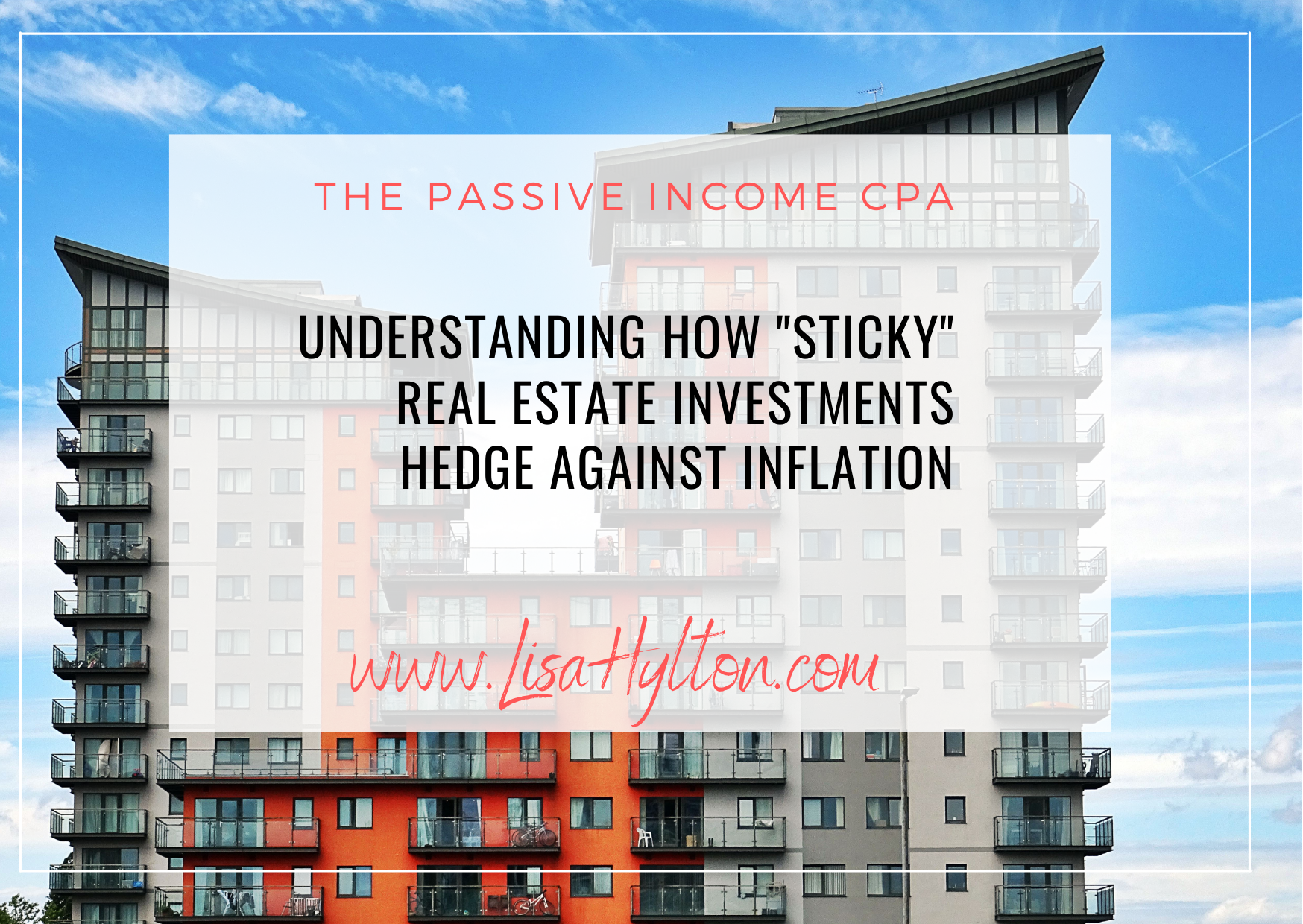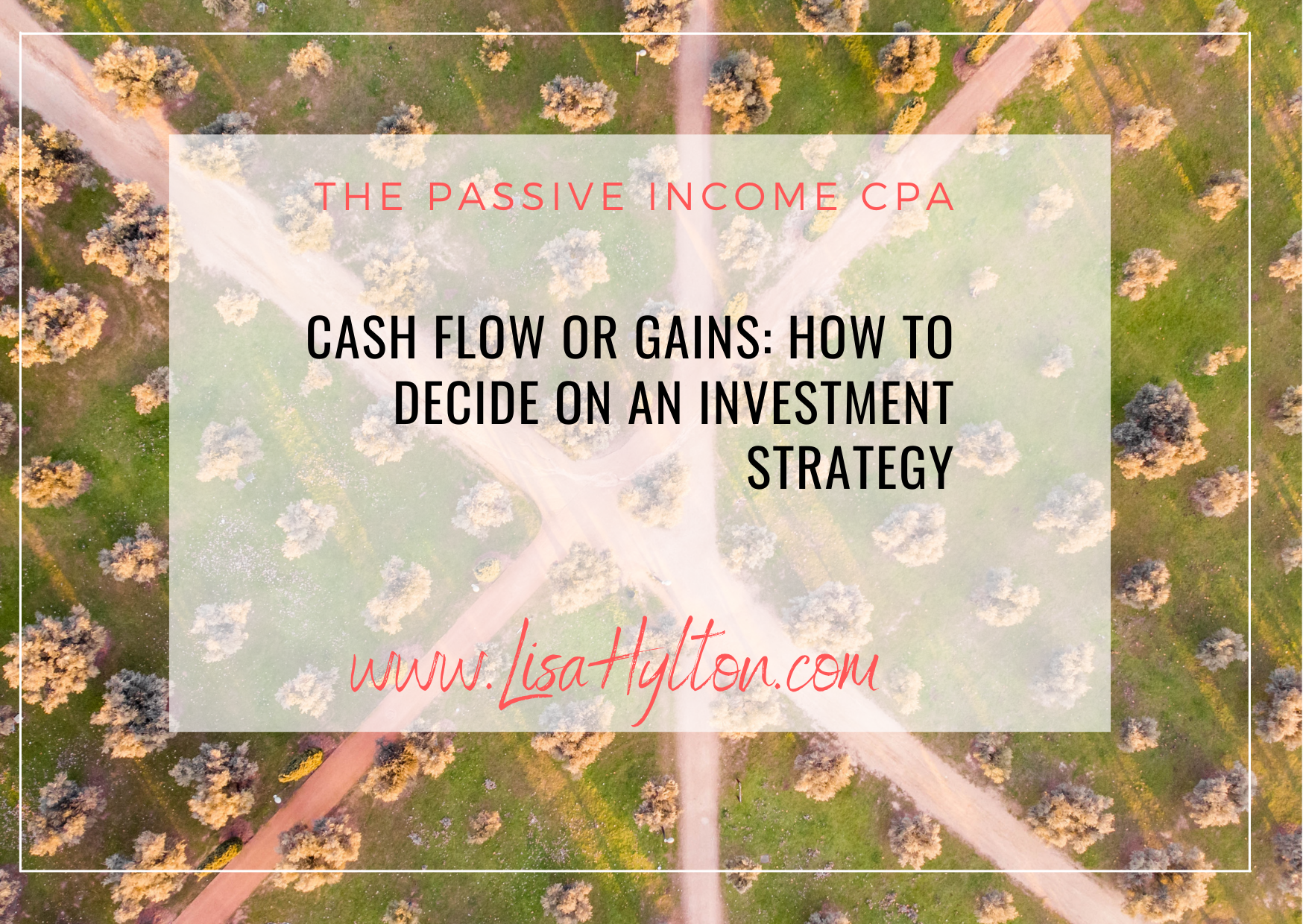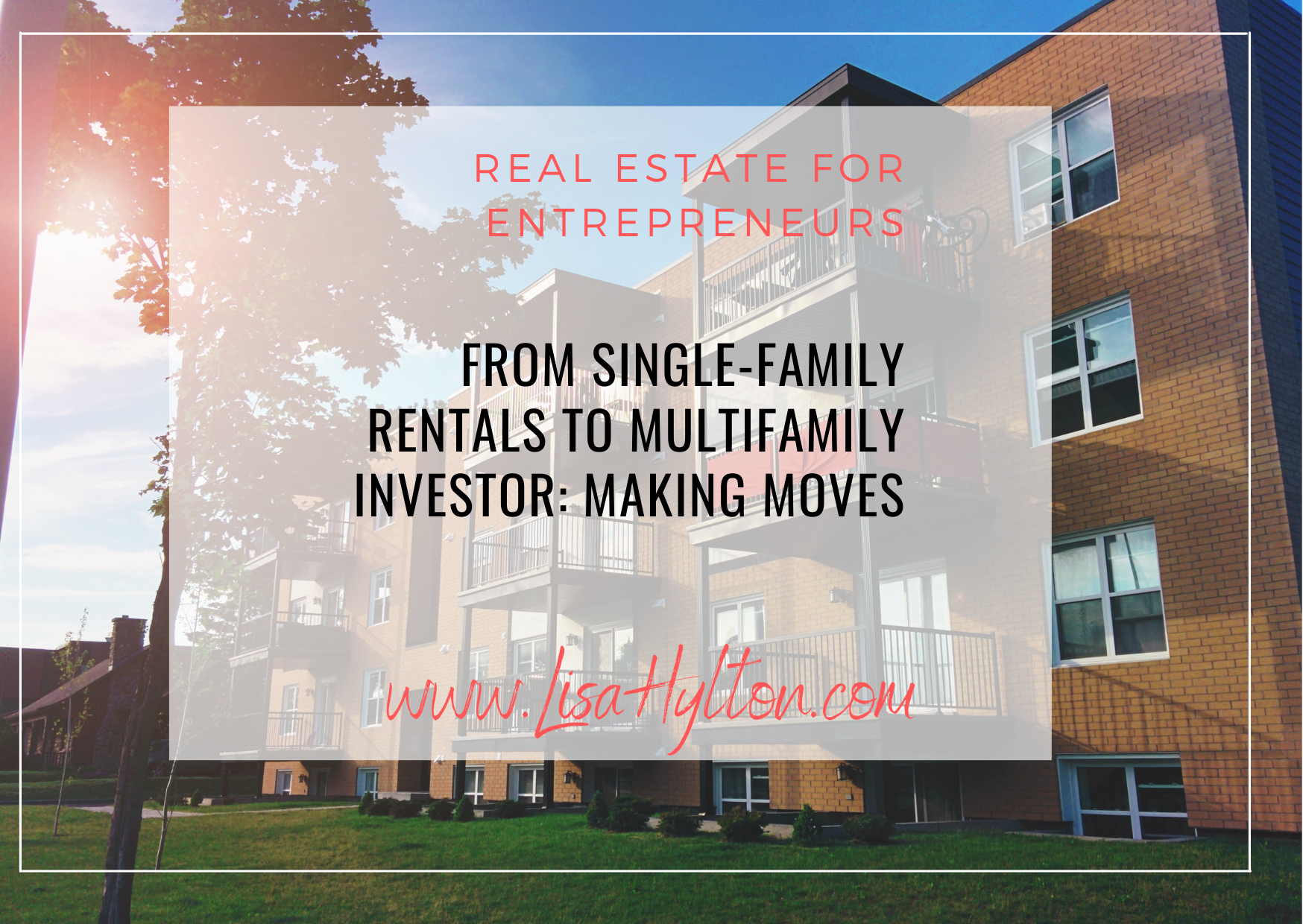Let’s face it, no two real estate investments are exactly the same. There are a million ways to structure a real estate investment, and just as many potential outcomes.
Some investments offer a huge potential upside, but also come with huge risks. Others offer steady cash flow, but without the potential for appreciation.
I look for deals that I would invest in myself, do my due diligence to ensure I feel comfortable investing my own money in the deal, and only then do I offer those opportunities to my investors.
I look at a lot of deals. And just like snowflakes, no two are the same. But I’ve established some criteria that I look for when evaluating deals, and these are the benchmarks I typically aim for in the investment opportunities I offer.
In this post, I’ll look at some of the typical returns I aim to offer investors.
Big Fat Disclaimer
You probably saw this coming from a mile away, but I gotta do it anyway. Before we get into the numbers, I have to insert a big fat disclaimer here, for the one percent of you who will, at some point, get all up in arms because I didn’t deliver these exact returns. Yes, I see you, don’t be trying to hide.
As the title of this post suggests, these are only ESTIMATED returns. As with any investment, I cannot guarantee any returns, and there’s risk associated with any investment. This is only meant to give you a rough ballpark of the kinds of returns I’m typically considering.
With that, let’s get to it.
Three Main Criteria
If you’ve ever seen an investment summary for a real estate syndication, you know that there are a TON of facts and figures in there. #chartloversunite
Each metric has its merits and tells you a certain something about the asset and the deal at hand. When doing our quick synopsis of a deal, we look at three main criteria:
1. Estimated hold time
2. Estimated cash-on-cash returns
3. Estimated profits at the sale of the asset
Projected Hold Time: ~5 Years
This is perhaps the easiest of the three criteria to understand. As the name would suggest, project hold time is the amount of time we plan to hold the asset before selling it. Typically, we look at projects that have a hold time of around five years.
Why five years? Well, a few reasons.
First, five years is a relatively long time, if you think about it. Technically, you could have six children during that time (yes, I did the math). You could start and complete a college degree. You could binge-watch five seasons of your favorite Netflix show. You get the point. Five years is a decent chunk of time.
There are certainly some investors who are at a point in their lives where they want to invest for a longer period of time. However, we find that five years is a good length of time for most investors. Long enough to see some healthy returns, but not too long that you feel like your kids will have graduated from high school before you get access to that money again.
In addition, given real estate market cycles, five years is a modest timeline for us to get in, update the property, give the asset and market a little time to appreciate, and get out before lingering for too long (when it’ll be time to update those units all over again).
Plus, commercial real estate loans are often on a seven- or ten-year fixed term, so with a five-year projected hold time, that gives us a bit of buffer to hold the asset a little longer if needed, in case the market is soft at the time we’d originally projected a sale.
Projected Cash-on-Cash Returns: 8-10% Per Year
The next core metric we look at are the cash-on-cash returns, also known as the cash flow, which makes up the passive income you get during the course of the investment.
Cash-on-cash returns are what’s left after you factor in vacancy costs, mortgage, and expenses, and it’s the pot of money that gets distributed to investors, usually on a quarterly basis.
For the projects we’re looking at, we like to see cash-on-cash returns of about seven to nine percent per year.
That is, if you were to invest $100,000, the projected cash-on-cash returns for each of the five years would be about $8,000, or roughly $2,000 per quarter.
This comes out to roughly $40,000 over the course of a five-year hold.
Just for kicks, let’s compare that to what you would get from a savings account during that same amount of time. Average interest rates on savings accounts sit south of one percent, but let’s just stick with one percent for simplicity’s sake.
If you were to put $100,000 into a savings account over five years, you would make about $5,000 in interest over the course of five years ($1,000 per year for 5 years).
That means that, at the end of 5 years, you’d have a grand total of $105,000. When you compare that to the $140,000 with the real estate syndication, it’s a total no-brainer.
Projected Profit Upon Sale: 40-60%
But of course, that’s not all. Perhaps the biggest piece of the puzzle is the projected profit upon sale of the asset in year five.
At this point, the units have been updated, the tenant base is strong, and rents are at market rates. Each of these improvements contributes to the overall revenue that the asset is able to generate, thereby increasing the property value. (Remember that commercial properties are valued based on the amount of income the asset generates, so these improvements typically add significant value to the property by the time of the sale.)
For the projects we’re looking at, the projected profit at sale is around forty to sixty percent.
Sticking with the previous example, if you were to invest $100,000, you would receive $40-60,000 in profits upon the sale of the asset in year five.
This is on top of the cash-on-cash returns you’re receiving throughout the hold time.
I should also point out that the projected profit on sale takes into account the improvements and efficiencies the sponsor team plans to implement, but it does NOT factor in appreciation of that particular market.
When we choose markets to invest in, we’re always looking for areas where job growth is strong, and as a by-product of that, population is increasing as well. This leads to increased demand for housing, which, in turn, leads to increased rents.
However, when putting together these projected returns, we always underwrite conservatively, and we never count on that market appreciation.
We factor in baseline inflation, but anything on top of that is a bonus. This is so that, even if the market tanks during the course of the hold, we can make sure that the investment can still stay afloat, and that investor capital is protected.
Summing It All Up
So there you have it. Projected returns for our middle-of-the road typical investment looks like this:
– 5-year hold
– 8-10% annual cash-on-cash returns
– 40-60% profits upon sale of the asset in year five
If you were to invest $100,000 in a real estate syndication deal with these projected returns, you would end up with roughly $200,000 at the end of five years.
$100,000 of your original principal + $40,000 in cash-on-cash returns + $60,000 in profits upon sale = $200,000 at the end of five years
Double your money in five years? Try asking for that from a savings account, and let us know how that goes.
About the Author











